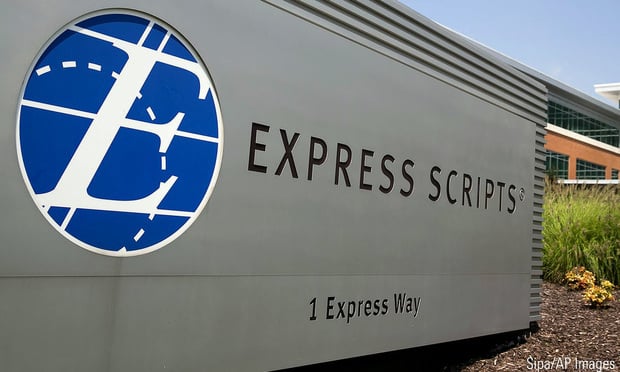Thanks to federal subsidies, as many as 6 million people who are uninsured, and another 1 million with individual plans, may qualify for "free" health insurance under the Patient Protection and Affordable Care Act, according to an analysis by the consulting giant McKinsey.
But free, in this case, might not be as cheap as it sounds.
MoneyWatch's Ray Martin, a financial advisor and commentator, ran some numbers the other day and concluded that "free" coverage will likely cost most folks more over time than if they chose to pay a monthly premium.
Recommended For You
It's not news to benefit professionals, but it's all about the differences between the free insurance for certain qualified individuals and families, and the price of the cheapest bronze or silver options available on the various public exchanges.
"While the prospect of getting health insurance for 'free' may sound appealing, it may not be the best way to go," Martin says.
He notes that the cheapest plans are the bronze ones, "typically priced so that the costs can be about the same as the federal subsidies."
He says that the bronze plans cap out-of-pocket costs at $6,350 and $12,700 for individuals and families, respectively, "but can lack coverage for things like dental and vision care."
Of course, it's details like these that make the idea of free insurance somewhat misleading.
Here are some scenarios Martin poses that consumers should consider:
Health needs: With no vision and dental coverage, those who frequently incur such costs would be better served by "paying a few bucks more for a silver plan, which includes these," he advises.
Health condition: For those who must regularly see a medical care provider or those who must take prescription drugs, "consider a plan with lower out-of-pocket limits, co-pays and deductibles."
Risks at work and home: Does your job require lots of lifting, straining, climbing, bending? Do you lead an active lifestyle that could lead to broken bones or torn muscles? Better think about a silver plan that offers better coverage for such eventualities, he says.
"For many of these folks, the comparison may look like this: Get a bronze plan (without dental and vision) for 'free' or pay an additional $60 a month for a silver plan that includes dental, vision and lower out-of-pocket costs," Martin says. "In this case, the additional expense for the additional coverage can be worth it."
The McKinsey finding is similar to earlier studies. For example, Credit Suisse issued a report in September that estimated 6.5 million people would be eligible for zero-premium plans. The Congressional Budget Office has estimated that 7 million people will buy coverage through the exchanges during the open enrollment period that closes on March 31.
© 2025 ALM Global, LLC, All Rights Reserved. Request academic re-use from www.copyright.com. All other uses, submit a request to [email protected]. For more information visit Asset & Logo Licensing.








